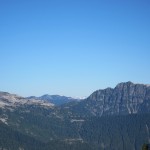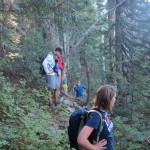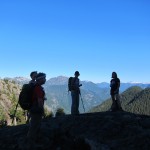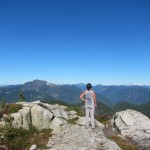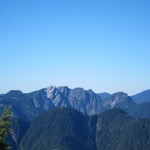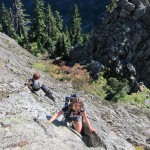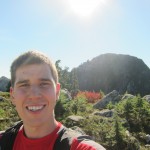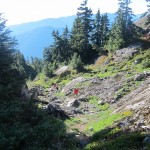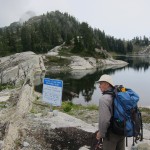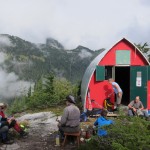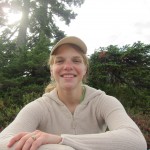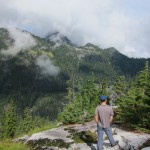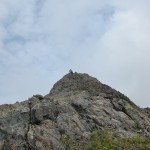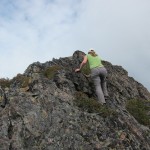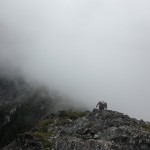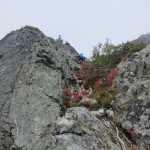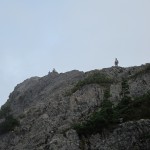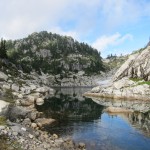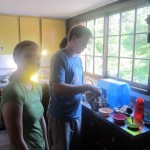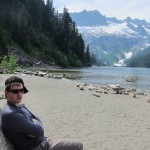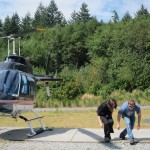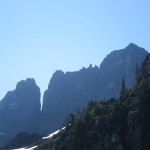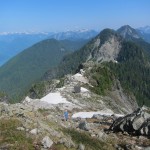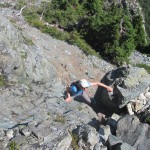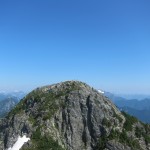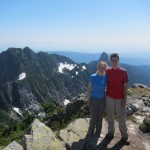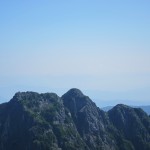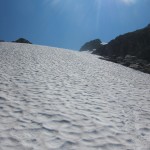Late Summer, Early Fall, Reading
Unfinished Empire: The Global Expansion of Britain, by John Darwin: One of the better non-fiction books I’ve read recently, the scope of Unfinished Empire is vast and this is both its greatest strength and weakness. Readable throughout, this is the most comprehensive book I’ve encountered detailing the origins, expansion, and eventual decline of the British Empire. Darwin makes very clear that aside from the late-developing notion that free trade is good, the Empire did not originate from a singular ideology, nor did it it expand in a particularly planned or controlled manner. Instead, the diversity of the Empire, in demography, governance, and development, was as varied as the geography itself, and this is the source of the main problem with this book. Given the diversity of the Empire and the constraints of documenting the entire history of the expansion and decline of the Empire into a single book, the reader has little chance to get a good feel for any particular aspect or part of the Empire. Perhaps this only goes to prove Darwin’s thesis regarding the chaotic and organic development of the Empire, but it left me wanting more at the end, unsure of how much I really had learned.
Double Entry: How the Merchants of Venice Created Modern Finance, by Jane Gleeson-White: At a glance, the title of this book makes it sound like you, the reader, will learn two things: what double-entry bookkeeping is, and how it forms the underpinnings of modern finance. However, after reading this book, I can attest that the reader is unlikely to walk away with a strong grasp of either. Interesting enough is the descriptive phrase that comes to mind thinking of this book. It’s reasonably well written, and some parts of the book are excellent, such as its biography of Luca Pacioli. However, overall it cannot be described as better than average, and a potential reader is probably better off reading the relevant topic pages on wikipedia.
Information Security: Principles and Practice, by Mark Stamp: This excellent book should be mandatory reading for all software developers. Despite already having a strong background in cryptography, the first part of the book on Crypto was largely review, but there were still many interesting nuggets of information for me, especially regarding Cryptanalytic techniques, as the depth of material covered goes far beyond the level covered by most introductory security textbooks. Similarly, the remaining sections on Access Control, Protocols, and Software were well written and enlightening. This is the best book I’ve read so far covering information security in general, and as I mentioned before, would highly recommend that it be read by all software developers.
Applied Cryptanalysis: Breaking Ciphers in the Real World, by Mark Stamp and Richard M. Low: Much more technical and in-depth than the book previously reviewed, it can be thought of as building on the cryptographic topics in the prior book. Perhaps a quarter to a third of this book overlaps with the previous in that it takes its time to describe all of the cryptographic techniques analysed, but the remaining two-thirds of the text consists of an in-depth description of state-of-the-art cryptanalytic techniques to attack, and sometimes break, the algorithms described. I personally found the book very interesting to read, and would recommend it to anyone interested in getting a good overview of the subject matter, although it goes far beyond the depth that most computing scientists or software developers would care to know.
The Cat’s Table, by Michael Ondaatje: Despite his fame and reputation for books such as The English Patient and Anil’s Ghost, I’d never read one of Michael Ondaatje’s books. Luckily, one of my aunt’s gave me a copy of The Cat’s Table for my birthday last week and so I finally had the pleasure of reading one of his works. The writing in The Cat’s Table is impeccable. Ondaatje’s writing is simultaneously simple and vivid, concise yet colourful. As each page quickly went by I was enthralled by his language and by how well he conveys the joys and amazement of a child coming of age. Unfortunately, the plot itself is good, but not great, and this will likely lead to this book not being as remembered in the future compared as his other works (I’m assuming). Nonetheless, The Cat’s Table is a quick, very enjoyable, and extremely well written read.
















